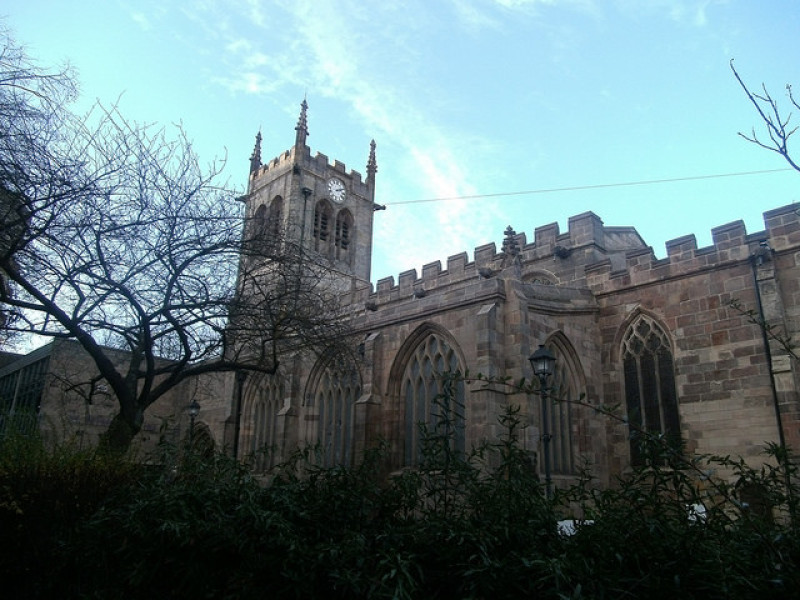
Questions about the position of church leaders in the House of Lords and the disestablishments of the Church of England rise as less people identify as Christians. The Guardian reported that a study stated that less than half of the population of England and Wales identify as Christians.
The ONS Census reported that there are 5.5 million fewer Christians from 2011 to today. The Muslim population grew from 2.7 million to 3.9 million.
Office for National Statistics 2021 Census
The study also indicates that there are about 37.2 people have no religion. It said that if the trend continues, the number of people without religion will surpass Christians within a decade.
The data from the census said that the white population of England and Wales went down from 2011 to 81.7%. There's also an increase in the ethnic minority population from 14% to 18.3%. As for the lower rates of Christians, the article said that it came after the succession of the titles Defender of the Faith and supreme governor of the Church of England to King Charles.
Experts and Church Leaders Reflect on the Census
Archbishop of York, Stephen Cottrell, said that the decline should be seen by the church as a challenge, saying that it is a time for the church to trust God to build His kingdom on earth. This sentiment was echoed by Lynne Cullens, the Bishop of barking who said that the church should not feel defeated as it will continue to evolve to the 'worshipping needs of the communities' that it serves today.
As for Linda Woodhead, head of the department of theology and religious studies at King's College London, the census means that the 'policy is out of stem with society.'
Dr. Scot Peterson of Corpus Christi College said that with the facts given, the title of the king as the head of the church is not sensible as it was in 1659.
Also Read: Catholic Church Lays Out Guidelines for Investment Amidst Recent Financial Mishaps of the Church
Church of England
According to History, the Church of England originates from the Roman Catholic Influence in Europe from the 2nd Century. However, it was the actions of Henry VIII that started the church when he broke ties with the Catholic Church in the 1530s as they prevented his annulment with Catherine of Aragon.
The king then proclaimed himself the 'supreme head of the Church of England.' The church would lose its support until 1558 when Elizabeth I became the Queen of England. During this time, the church took the Book of Common Prayer and The Thirty-Nine Articles of Religion as important texts.
Today, the church continues to be a part of the Ecumenical Movement that promotes ideas of 'worldwide Christian unity.'
On the page of the Church of England, it says that it has over 16,000 church buildings in England, with 12,500 of them listed by Historic England. It says that at the core of the church is its belief in God as the Father, the Son, and the Holy Spirit.
The church page also lays out the views of the church when it comes to important matters such as race and ethnicity, family and marriage, as well as gambling and healthcare.
Related Articles: 2 California Churches Join Local Community in Honoring Club Q Shooting Victims



















